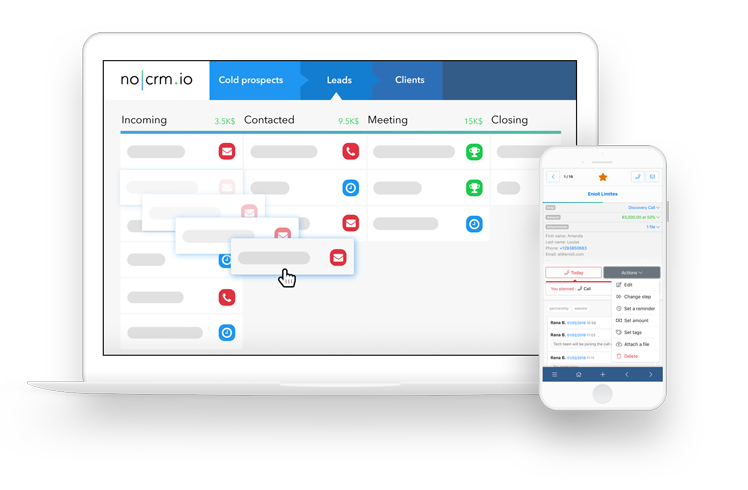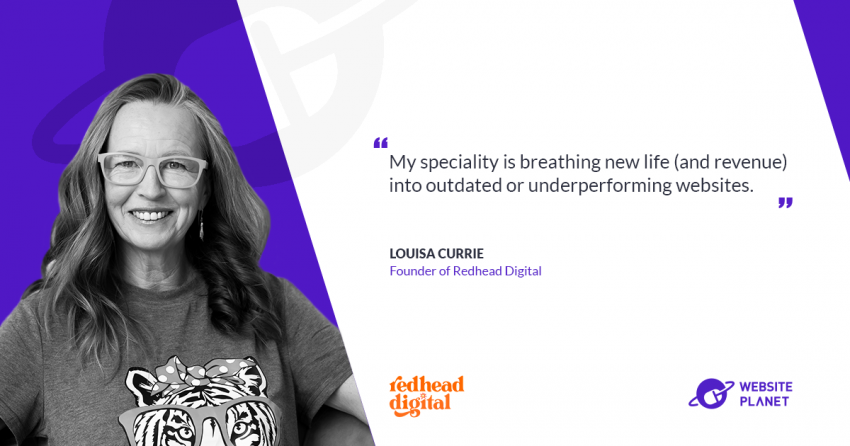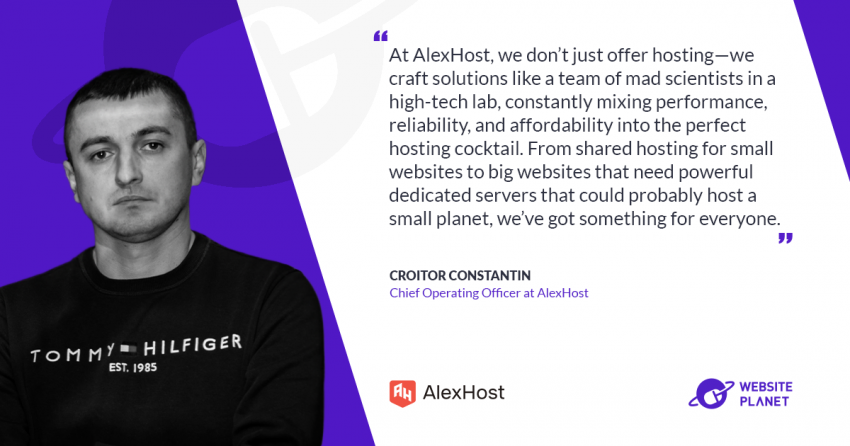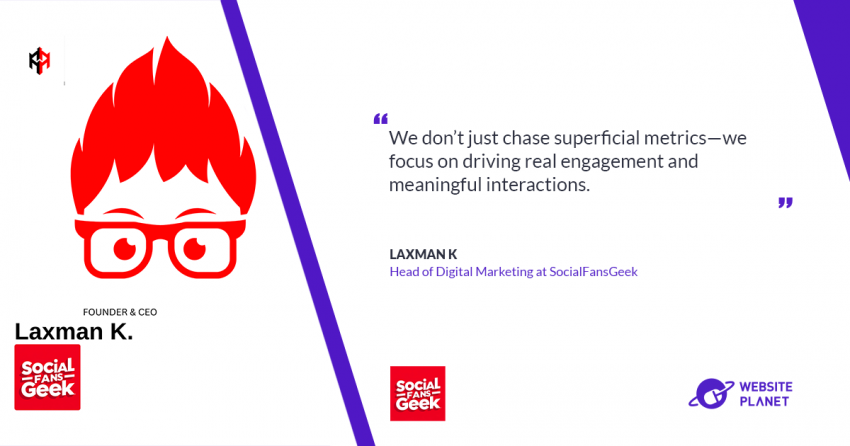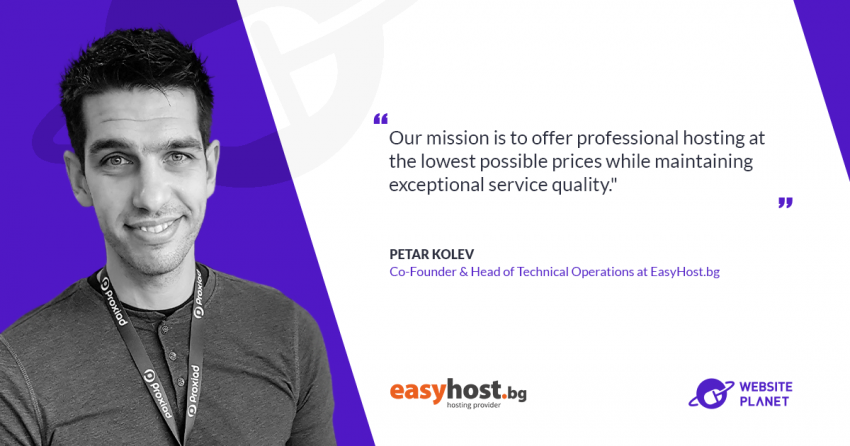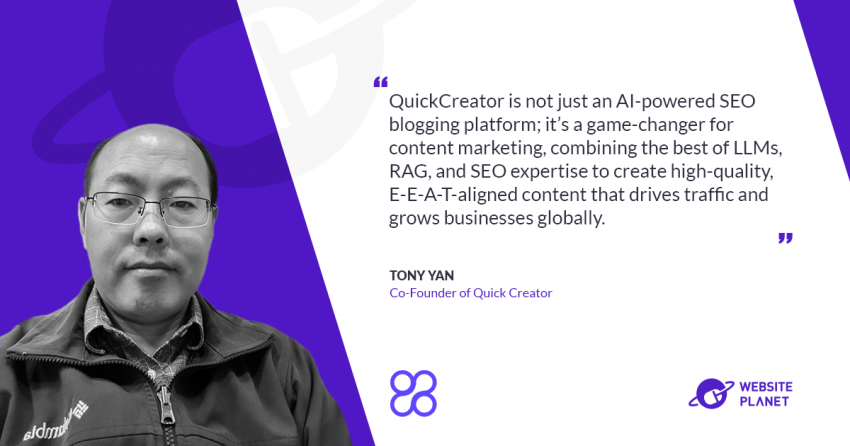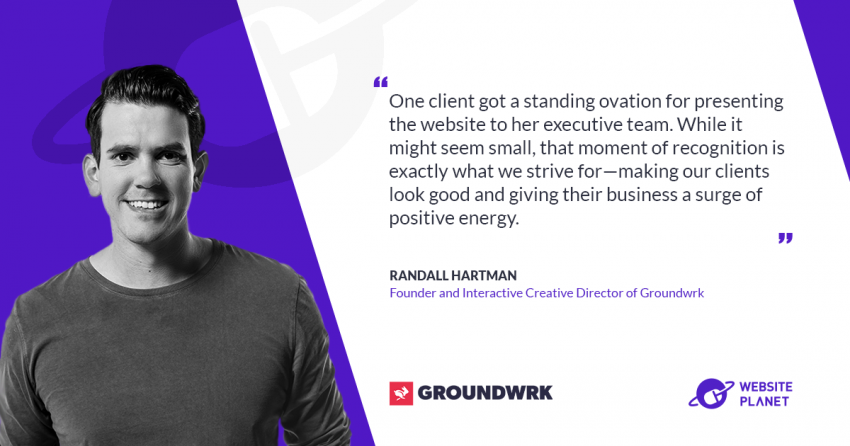How has the role of CRM systems evolved since you first entered the tech industry, and why do you believe focusing on the sales process rather than just data management is critical?
I entered that space in 1998, so it has evolved a lot. We came from Microsoft Access and Excel spreadsheets to pure SaaS products. Salesforce was launched in 1999 and was primarily focused at sales; it’s now a much bigger product. Most CRMs in the current market want to organize and structure data. They target the enterprise-level segment. But selling is not about sorting data, selling is a process in a moving space. When you talk to prospects, what matters is not in which drawer you put them, but what they need and where they are in their buying journey. That’s why we focussed on the sales process, we want to help salespeople, not slow them down. noCRM is super efficient at helping salespeople manage their leads and sales managers manage their teams because it matches the way salespeople work. Salespeople do not have to adapt themselves to our software, it’s the other way around. noCRM can be seen as a ‘preCRM’ – first, you convert the lead into a customer and then you can enter precise information that is important for your company processes but not for the salesperson.In 2023, you made a strategic move by integrating with Positive Group’s marketing tools. Can you explain the reasons for this move, and how you envision the future of sales and marketing collaboration?
We love specialized software because it’s better to have one specific solution for one problem rather than an all-in-one solution that solves everything (most of the time in a less efficient way and at a much higher price mark). noCRM solves everything related to managing leads. We have for example plenty of native integrations with VoIP software to extend our functionalities when needed.We have built a strong API, and some great connections with Zapier and Make, we have tons of webhooks because we know that salespeople collaborate with other teams in the company. Marketing sends leads to Sales and there must be a perfect relay both before and after with the accounting or the ERP. That’s why we decided to join the Positive Group.
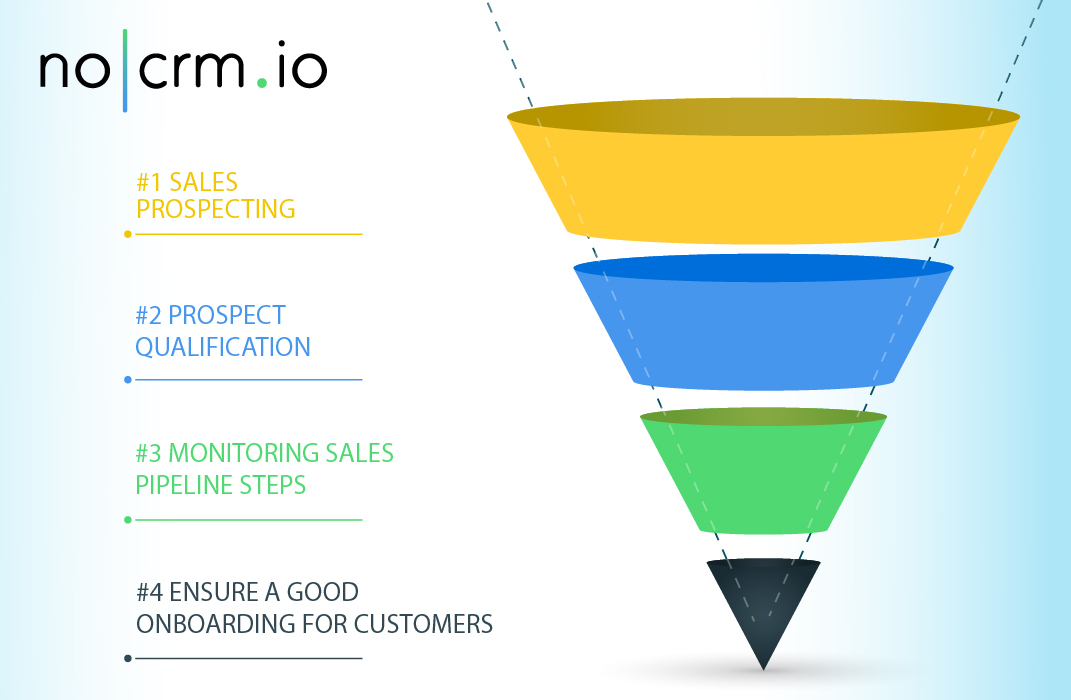 Positive Group has an incredible track record in building marketing software, and we want to be the sales part of a complete suite. Each solution remains independent but also interacts perfectly with the others. We are also 100% aligned with the international strategy of Positive Group (we’ve been international since day 1 and in fact we do 65% of our revenue outside of France) and with their mindset: bootstrapped, profitable, serious, and steadily growing year over year.
Positive Group has an incredible track record in building marketing software, and we want to be the sales part of a complete suite. Each solution remains independent but also interacts perfectly with the others. We are also 100% aligned with the international strategy of Positive Group (we’ve been international since day 1 and in fact we do 65% of our revenue outside of France) and with their mindset: bootstrapped, profitable, serious, and steadily growing year over year.
In your experience, what are the biggest obstacles companies face when trying to align their sales and marketing teams? How can they overcome them?
The two biggest gaps are in collaboration between teams and seamless integration in the lead flow:- Marketing teams generate leads and don’t care much about the final result. They look at the number of new leads, at the website’s traffic but not enough at the final conversion rate.
- Salespeople have their leads to manage, customers to grow and too often they don’t handle the lead flow correctly. You need first to be sure that the lead generated arrives exactly where the salespeople handle them (and of course noCRM is strong at that), but you also need feedback loops.

Customer-centricity is a term thrown around a lot these days, but what does it mean to you? How do you remain aligned with this philosophy?
Customer-centricity is at the core of noCRM, we want to help salespeople! I admit that sometimes it’s difficult and frustrating to keep that specificity.- Difficult because as you add features that make your product richer and hence more complex, you need to think about how to display those features to keep the simplicity of usage at the core.
- Frustrating because people sometimes don’t fully realize how rich noCRM is if you start playing with its integrations, API and advanced configurations.
